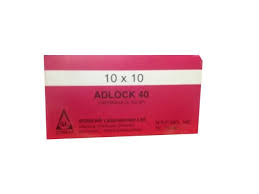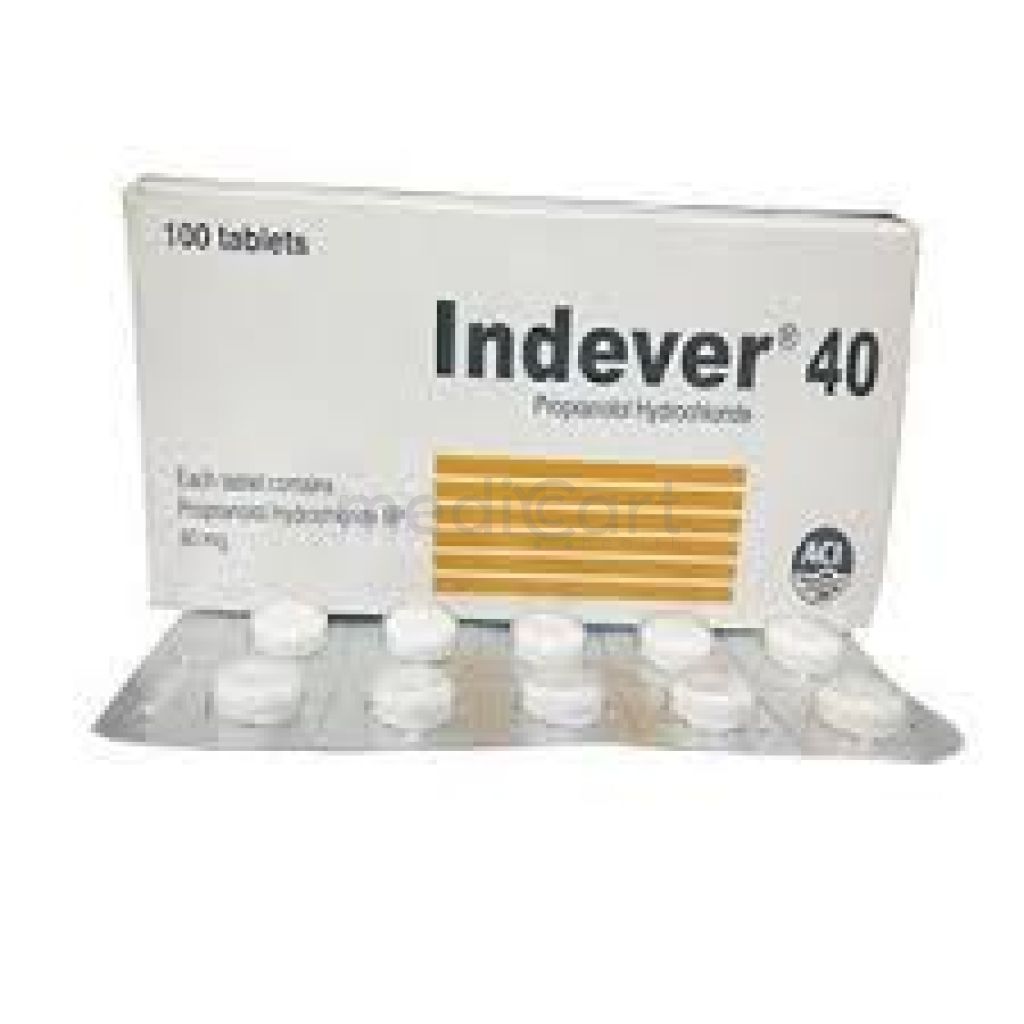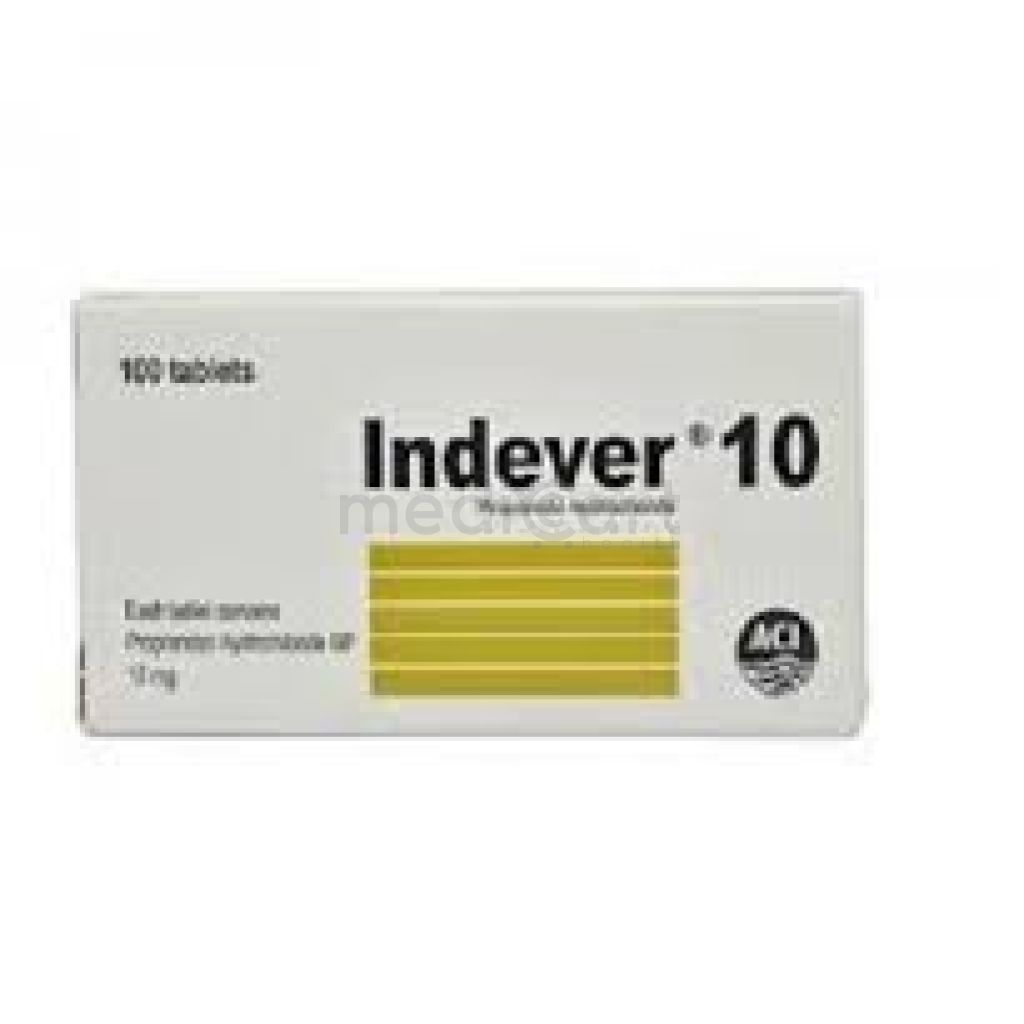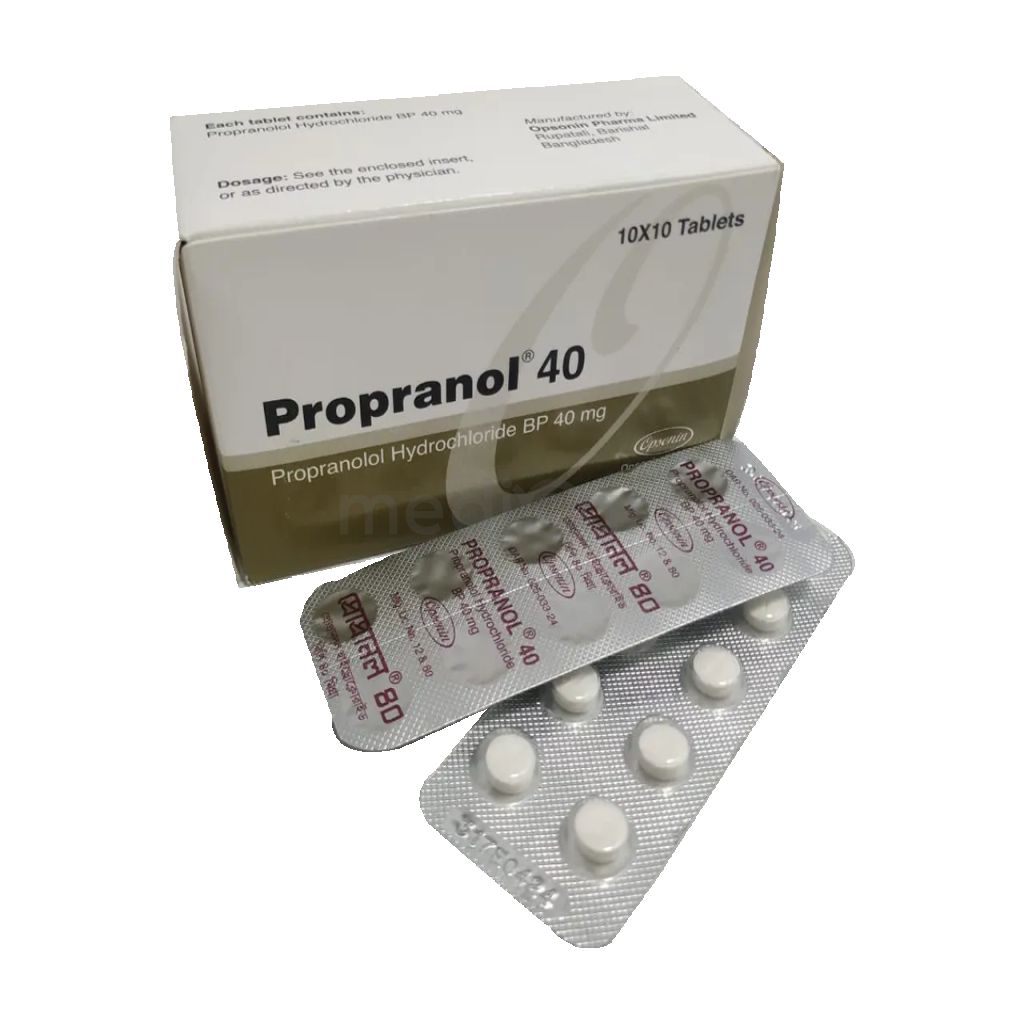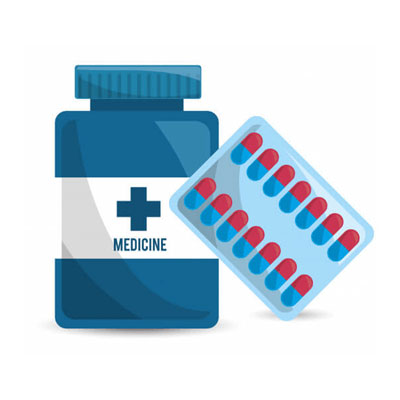

Adlock - 10mg
Tablet
Pack Size :
10 Tablet x 1 Strip
Generics :
Propranolol Hydrochloride
Manufacturer :
Sonear Laboratories Ltd.
Best Price *
TK
10.00
* Delivery will be done in Dhaka city only.
More Information About - Adlock - 10mg
Description
Generic Name
Propranolol HydrochloridePrecaution
Sinus node dysfunction, DM, history of nonallergic bronchospasm (e.g. chronic bronchitis, emphysema), myasthenia gravis, 1st degree heart block. May mask signs of hyperthyroidism and hypoglycaemia. Renal or hepatic impairment. Abrupt withdrawal may exacerbate angina symptoms or precipitate MI in patients w/ coronary artery disease. Elderly. Pregnancy and lactation. Patient Counselling Avoid cigarette smoking. Monitoring Parameters Monitor ECG, heart rate and BP.Indication
HTN, Cardiac arrhythmias, Myocardial infarction, Angina pectoris, Portal hypertension, Migraine prophylaxis, Phaeochromocytoma, Hyperthyroidism, Essential tremorContra Indication
Sinus bradycardia, cardiogenic shock, sick sinus syndrome, Raynaud's syndrome, 2nd and 3rd degree heart block, overt CHF, bronchial asthma, COPD, untreated phaeochromocytoma, Prinzmetal's angina; severe peripheral arterial disease, metabolic acidosis. Concomitant use w/ thioridazine.Dose
N/ASide Effect
Most adverse effects have been mild and transient and have rarely required the withdrawal of therapy. Cardiovascular: Bradycardia; congestive heart failure; intensification of AV block; hypotension; paresthesia of hands; thrombocytopenic purpura; arterial insufficiency, usually of the Raynaud type. Central Nervous System: Lightheadedness; mental depression manifested by insomnia, lassitude, weakness, fatigue; reversible mental depression progressing to catatonia; visual disturbances; hallucinations; vivid dreams; an acute reversible syndrome characterized by disorientation for time and place, short-term memory loss, emotional lability, slightly clouded sensorium, and decreased performance on neuropsychometrics. For immediate formulations, fatigue, lethargy, and vivid dreams appear dose related. Gastrointestinal: Nausea, vomiting, epigastric distress, abdominal cramping, diarrhea, constipation, mesenteric arterial thrombosis, and ischemic colitis. Allergic: Hypersensitivity reactions, including anaphylactic/anaphylactoid reactions, pharyngitis and agranulocytosis, erythematous rash, fever combined with aching and sore throat, laryngospasm, and respiratory distress. Respiratory: Bronchospasm. Hematologic: Agranulocytosis, nonthrombocytopenic purpura, and thrombocytopenic purpura. Skin: Stevens-Johnson Syndrome, toxic epidermal necrolysis, exfoliative dermatitis, erythema multiforme, and urticaria.Pregnancy Category
Name : C
Description
Animal reproduction studies have shown an adverse effect on the fetus and there are no adequate and well-controlled studies in humans, but potential benefits may warrant use of the drug in pregnant women despite potential risksMode of Action
Propranolol is a non-cardioselective beta-blocker that competitively blocks beta1- and beta2-receptors resulting in decreased heart rate, myocardial contractility, BP and myocardial oxygen demand. It has membrane-stabilising properties.Interaction
May cause additive negative chronotropic and/or inotropic effect w/ amiodarone, disopyramide, quinidine, flecainide and Ca channel blockers. May cause additive hypotensive effect w/ phenothiazines. ?-adrenergic stimulating effects of sympathomimetic agents are antagonised. Concomitant admin w/ catecholamine-depleting drugs (e.g. reserpine) may cause additive effects and potentiate depression. Reduced antihypertensive effect w/ aluminium and NSAIDs. Coadministration w/ warfarin increases its bioavailability and prothrombin time. Altered antidiabetic response when used w/ antidiabetic agents and insulin. Increased risk of hypotension and attenuation of the reflex tachycardia w/ anaesth drugs. Potentially Fatal: Increased risk of QT interval prolongation and torsades de pointes w/ thioridazine.Pregnancy Category Note
Pregnancy category: C; intrauterine growth retardation, small placentas, and congenital abnormalities reported, but no adequate and well-controlled studies conducted Lactation: Use is controversial; an insignificant amount is excreted in breast milkAdult Dose
Oral Hypertension As conventional tab or oral soln: Initially, 40-80 mg bid. Usual range: 160-320 mg/day. Max: 640 mg/day. As extended release cap: Initially, 80 mg once daily. Usual range: 120-160 mg once daily. Max: 640 mg/day. Phaeochromocytoma As conventional tab or oral soln: 60 mg/day in divided doses given 3 days pre-op w/ alpha-blocker. If tumour is inoperable, 30 mg/day in divided doses may be given. Myocardial infarction As conventional tab or oral soln: 40 mg 4 times daily for 2-3 days followed by 80 mg bid. Alternatively, 180-240 mg/day in divided doses. Doses are given w/in 5-21 days of MI. Cardiac arrhythmias Adult: As conventional tab or oral soln: 30-160 mg/day in divided doses. Prophylaxis of migraine As conventional tab or oral soln: Initially, 40 mg bid or tid. Usual range: 120-240 mg/day. As extended release cap: 80 mg once daily, may be increased to 160 mg once daily. Max: 240 mg/day. Portal hypertension As conventional tab or oral soln: Initially, 40 mg bid increased at wkly intervals up to 160 mg bid. As extended release cap: 80 mg once daily, may be increased to 160 mg once daily. Max: 320 mg once daily. Angina pectoris As conventional tab or oral soln: Initially, 40 mg bid or tid. Usual range: 120-240 mg/day. Max: 320 mg/day. As extended release cap: 80 mg once daily, may be increased to 160 mg once daily. Max: 240 mg/day. Hypertrophic cardiomyopathy Adult: As conventional tab or oral soln: 10-40 mg, 3-4 times daily. Hyperthyroidism As conventional tab or oral soln: 10-40 mg, 3-4 times daily. As extended release cap: 80 mg once daily, may be increased to 160 mg once daily. Max: 240 mg/day. Anxiety As conventional tab or oral soln: 10-40 mg bid or tid. As extended release cap: 80 mg once daily. Max: 160 mg once daily. Essential tremor As conventional tab or oral soln: Initially, 40 mg bid or tid. Usual range: 120-240 mg/day. As extended release cap: 80 mg once daily, may be increased to 160 mg once daily. Max: 240 mg/day. Hepatic impairment: Severe: 20 mg tid. As extended release cap: 80 mg once daily or 160 mg every other day.Child Dose
Oral Hypertension Child: As conventional tab: Initially, 1 mg/kg/day in 2 divided doses. Usual range: 2-4 mg/kg/day in 2 divided doses. Max: 4 mg/kg/day in 2 or 3 divided doses. Phaeochromocytoma Child: As conventional tab or oral soln: 0.25-0.5 mg/kg 3-4 times daily. Cardiac arrhythmias Child: As conventional tab or oral soln: 0.25-0.5 mg/kg 3-4 times daily. Prophylaxis of migraine Child: As conventional tab or oral soln: ?12 yr 10-20 mg bid or tid. >12 yr Initially, 40 mg bid or tid increased to wkly intervals up to 160 mg/day. Max: 240 mg/day. Hyperthyroidism Child: As conventional tab or oral soln: 0.25-0.5 mg/kg 3-4 times daily.Renal Dose
N/AAdministration
Tab: Should be taken on an empty stomach. Take before meals. Cap: May be taken with or without food. Take consistently either always w/ or always w/o meals.Disclaimer
The information provided herein are for informational purposes only and not intended to be a substitute for professional medical advice, diagnosis, or treatment. Please note that this information should not be treated as a replacement for physical medical consultation or advice. Great effort has been placed to provide accurate and comprehensive data. However, Medicart along with its authors and editors make no representations or warranties and specifically disclaim all liability for any medical information provided on the site. The absence of any information and/or warning to any drug shall not be considered and assumed as an implied assurance of the Company.

